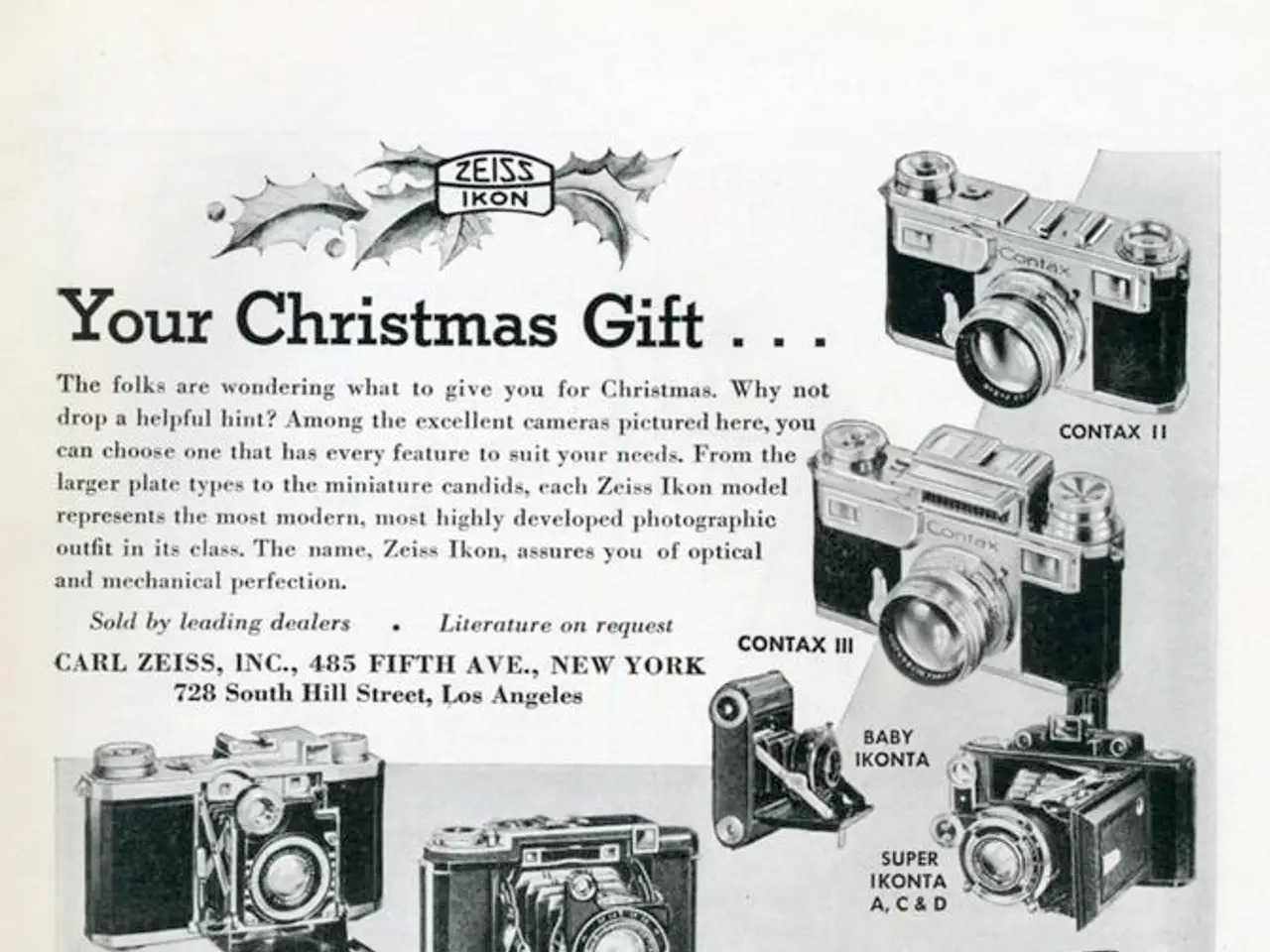Recommendations for 1.25 inch and 2 inch Barlow Lenses (2x to 5x magnification)
In the world of astronomy, choosing the right accessories can significantly enhance your stargazing experience. One such accessory is the Barlow lens, a simple yet powerful tool that can increase the magnification of your telescope. However, the choice between high-magnification and lower-magnification Barlow lenses involves several trade-offs.
High-magnification Barlow lenses, such as the GSO/Apertura 2.5x Apo Barlow, offer several advantages. They multiply the telescope’s focal length, making celestial objects appear larger and helping to see finer details, particularly on the moon and planets. Furthermore, they can allow higher magnification without the need to purchase multiple high-power eyepieces.
However, high-magnification Barlow lenses also have their disadvantages. They can result in dimmer images due to the light being spread out over a larger area, potentially losing detail, especially on faint deep-sky objects. Moreover, they amplify atmospheric turbulence, Earth’s atmosphere distorting images, and optical imperfections, leading to blurry or distorted views. At very high magnifications, the viewer’s own eye imperfections become more visible and distracting. Additionally, many cheap telescopes or accessories promote high magnification without providing the corresponding optical quality, leading to poor image quality.
On the other hand, lower-magnification Barlow lenses offer brighter images, more stable views, and versatility. They can provide a useful boost to magnification without pushing the limits of the telescope’s aperture and atmospheric seeing conditions.
The focal ratio (f-number) of a telescope also influences how a Barlow lens performs and what magnification is optimal. Fast telescopes (low f/ ratio) have a wide field of view and brighter images but shorter focal lengths. A moderate magnification Barlow can help increase focal length for more planetary detail without overly dimming the image. Slow telescopes (high f/ ratio) have longer focal lengths and naturally provide higher magnification. Using a very high-magnification Barlow may push beyond the telescope’s or atmosphere’s useful resolving power.
In conclusion, choosing a Barlow lens depends on balancing the telescope’s focal ratio, aperture, and atmospheric conditions. Lower magnification Barlows maintain image brightness and stability, while higher magnification Barlows increase size but risk dimmer, less stable views and amplified optical flaws. Matching the Barlow’s power to your telescope’s optics and observing conditions is key to maximizing performance.
For those on a budget, the GSO 2.5X Barlow, priced just over $50, is a good option. For a slightly higher price, GSO offers a version of the Barlow with T-threads. If you have a long-focal-length scope, you might want to consider a 2" Barlow to leverage your 2" eyepieces and their wide apparent field of views.
When it comes to quality, while there may be differences between mid-range and premium Barlows from brands like Explore Scientific and TeleVue, the GSO 2.5X Barlow holds its own, making many high-powered eyepiece combinations redundant. For those willing to invest a bit more, a Tele-Vue Barlow2x3x, priced just above $100, is recommended.
Regardless of the choice, it's crucial to ensure that the Barlow integrates seamlessly without introducing any optical distortions or diminishing the field of view. It's also essential to choose a Barlow with an achromatic or apochromatic lens to prevent internal reflections and preserve high contrast.
In the end, the right Barlow lens can significantly improve your telescope's performance, helping you discover and appreciate the wonders of the universe in greater detail. Happy stargazing!
- For those starting in astronomy, a lower-magnification Barlow lens like the GSO 2.5X Barlow could be a cost-effective solution, priced just over $50.
- More advanced telescope users might consider the Tele-Vue Barlow2x3x, priced just above $100, for its quality and performance.
- Choosing the right Barlow lens requires balancing the telescope's focal ratio, aperture, and atmospheric conditions, as it can significantly enhance your stargazing experience.
- Guides for beginners might recommend a 2" Barlow for those with a long-focal-length scope, to leverage 2" eyepieces and their wide apparent field of views.
- As you select a Barlow lens, consider factors like its ability to integrate seamlessly into your telescope system and maintain a wide field of view, as well as its use of an achromatic or apochromatic lens to prevent internal reflections and preserve high contrast.




